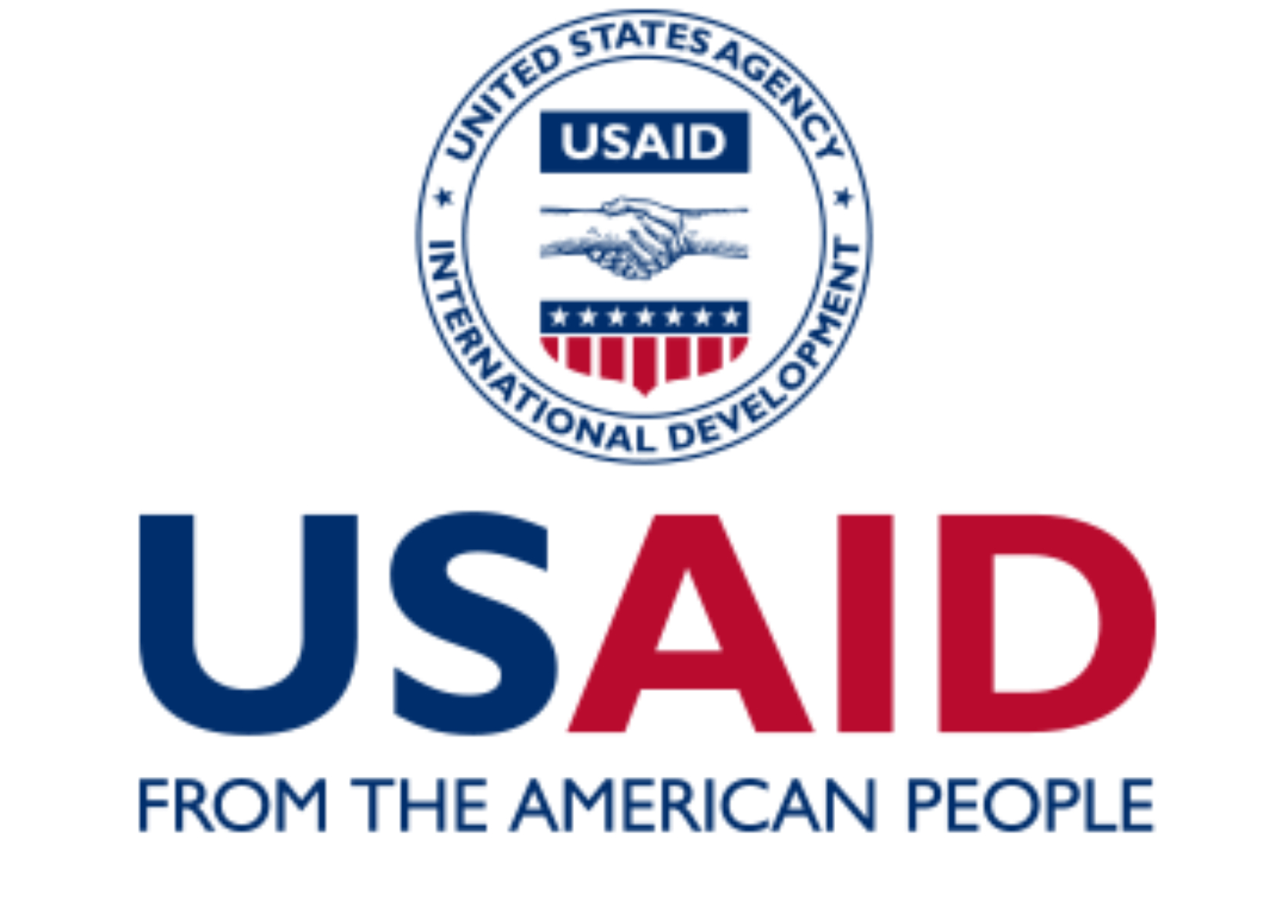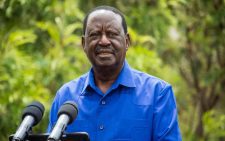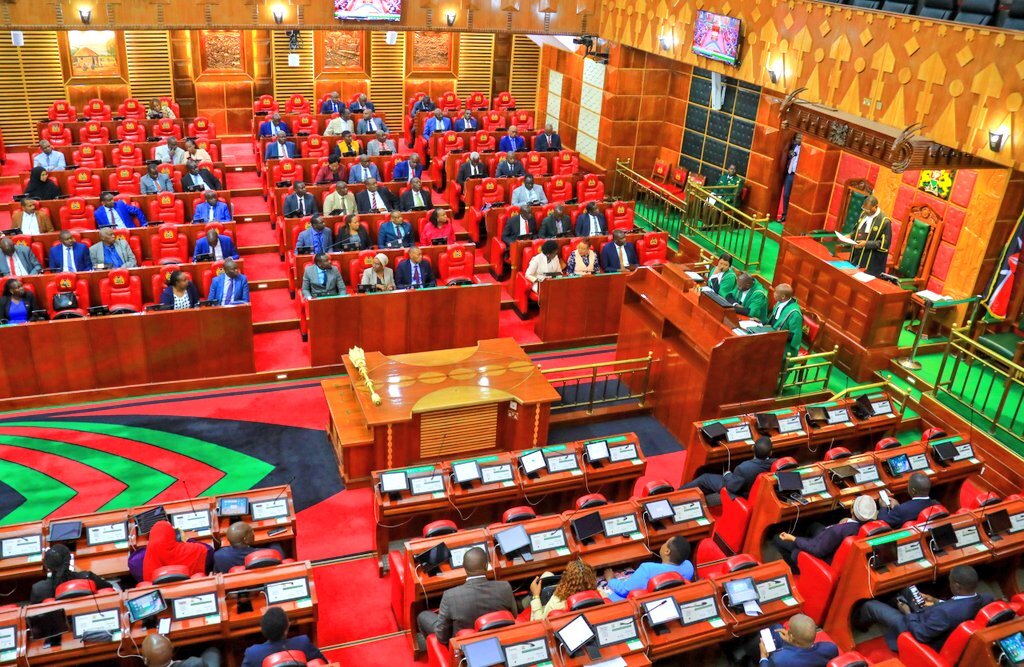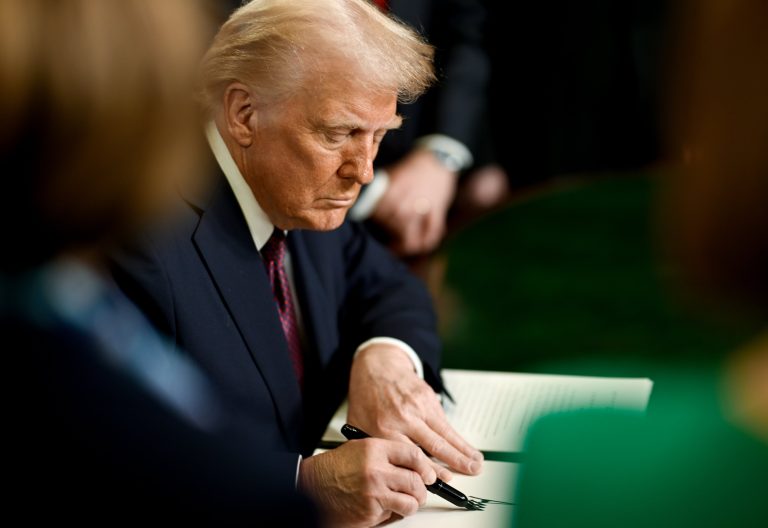Aid groups to Trump: Tuberculosis is the world’s top infectious killer
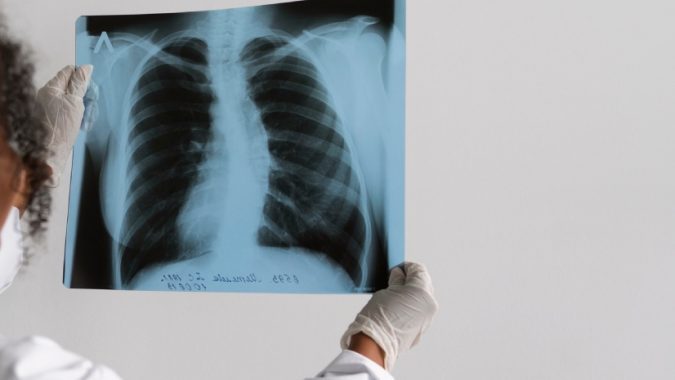
When health workers stopped visiting her home in Pakistan to administer tuberculosis medication, Ratna Jamni began dragging herself to a clinic “step by painful step, when even standing feels impossible.”
The 40-year-old had been receiving treatment and mental health support for months at home after contracting drug-resistant TB, but those visits have all stopped.
“Every trip is painful, exhausting and humiliating. I don’t know how much longer I can do this,” she told CNN via the Dopasi Foundation, a Pakistan-based NGO whose USAID-funded programs helped provide her health care.
“The journey is long, my body is weak, and every breath feels heavier than the last. I wonder if it’s even worth it. I wish this suffering would end – either the help returns or I no longer have to endure this pain.”
Tuberculosis, a bacterial infection usually found in the lungs, remains the world’s top infectious killer, causing 1.25 million deaths worldwide in 2023, according to the World Health Organization (WHO).
With the right health care and drugs, TB is treatable and preventable. Without treatment, it has a death rate of close to 50%.
Like that of millions of other TB patients across the world, Jamni’s treatment was supported by the United States Agency for International Development (USAID). It has now been interrupted by the Trump administration’s sudden freezing, and subsequent cutting, of vast swathes of the agency’s funding.
Aid groups and doctors warn that these cuts are likely to cause thousands of unnecessary deaths and a rise in TB infections worldwide, including in the US itself; and create the conditions for an extremely drug-resistant form of the disease to spread.
Already, more than 11,000 additional TB patients are estimated to have died in the two months since almost all USAID funding froze on January 24, according to a model built by UN-affiliated organization Stop TB Partnership.
TB infections are also expected to increase by 28-32% globally this year as a result of the cuts, according to a memo issued by a top USAID official, Nicholas Enrich, who was placed on administrative leave.
The State Department, which now handles queries for USAID, told CNN that certain TB programs are “active today in more than a dozen countries,” in line “with Secretary (of State Marco) Rubio’s exemption for life-saving humanitarian assistance.”
“These programs are helping to find and cure hundreds of thousands of cases of tuberculosis by providing access to low-cost, life-saving testing and medicine.”
‘Crippling breakdowns in their TB responses’
US funding was an integral part of the global TB response, distributing grants both directly to 24 national governments whose countries have high rates of the disease and via international or local non-governmental organizations.
USAID was deeply enmeshed in global HIV/AIDS health care too, and TB is the leading cause of death for people with HIV, according to WHO.
Unlike previous changes in funding flows, which came with prior warning, this freeze is unprecedented in both its scale and abruptness, meaning that it’s “very difficult for these countries overnight to find the resources” to plug the gap, Dr. Lucica Ditiu, CEO of the UN-affiliated Stop TB Partnership, told CNN.
And while local aid groups call for a shift to domestic funding, the situation right now is deteriorating.
For the 27 countries worst affected by the cuts, that funding gap is leading to “crippling breakdowns in their TB response with devastating consequences,” WHO said in a statement on March 20.
The precise nature of the impact has varied worldwide, depending on the role USAID played in the network of funding streams contributing to each country’s TB program.
In almost half of Mozambique, for example, no one can currently be diagnosed with TB, since US funding supported its lab networks and system that transported samples of spit and mucus, Ditiu said. Some programs, like Stop TB Partnership’s Global Drug Facility, which facilitates global access to relatively cheap drugs, have had some funding restored by temporary waivers, Ditiu said.
But more have not, and nine countries are struggling to procure TB drugs, threatening patients’ access to them, WHO said.
Health workers based in Cambodia, Pakistan, Nigeria, South Africa and Eswatini told CNN the biggest cuts to their programs were mostly in active case-finding, which allows for earlier diagnosis to stem the spread of disease, and in community outreach.
One such USAID-funded program in Cambodia, run by local HIV and TB organization KHANA, had screened more than 780,000 people for TB in remote areas, traced more than 16,000 close contacts of TB patients and supported more than 800 patients with multi-drug-resistant TB during the past five years, according to its executive director, Choub Sok Chamreun.
All that work has now stopped. As a result, the number of new TB cases reported in the region has dropped from about 650-850 per month to just 250 in February, meaning that hundreds are going undiagnosed and without care, Chamreun told CNN.
“This means that people don’t come to services. It means that the infection continues to spread over the community … it means that the aim to end TB by 2030 is impossible,” he said, referencing the UN’s goal to largely eliminate the disease by the end of the decade.
Similarly, another case-finding program supported by USAID in 27 of Pakistan’s districts has ceased, along with the means of transporting sputum samples, and community monitoring that aims to identify any barriers to TB treatment, Kinz ul Eman, CEO of the Dopasi Foundation, told CNN.
Sudden cuts also mean immediately laying off field health workers who “actually risked their life to support your project activity, to support their community,” she added.
TB disproportionately affects marginalised communities and people living in poverty for whom government health care is less accessible, making such outreach even more important.
One such program, overseen by Dr. Steven John, an official at the Ministry of Health in Adamawa State, Nigeria, was implementing TB health care for nomadic populations there.
With the funding freeze, his program can no longer reach the 60-70% of the community who have yet to access its services, even as people there “approach the organization (saying) ‘When are you coming?’” he told CNN.
‘Virtually resistant to what we have’
Suddenly restricting access to drugs and treatment also creates the conditions for a mutated, multi-drug-resistant strain of TB to thrive as patients partway through a four- or six-month treatment regimen may be forced to stop taking them, aid groups and doctors say.
“Anytime you cease a treatment in the middle of the course of therapy, you promote the selection of drug resistance and people then become contagious again to others in their community,” explained Dr. Kenneth Castro, a professor at Emory University who previously served as director of the division for tuberculosis elimination at the US Centers for Disease Control and Prevention (CDC).
Very few drugs can treat such an extreme form of TB. “You create, basically, a bug which is virtually resistant to what we have,” said Ditiu.
That risk is magnified since a lot of USAID’s funding, especially in Africa, focused on supporting people living with multi-drug-resistant TB, she added.
And anecdotal reports of patients stopping their courses of medication are already emerging. One patient in Uganda started sharing her medication with her husband, meaning they are both taking half the prescribed amount, Bruce Tushabe, an official at advocacy group the AIDS and Rights Alliance for Southern Africa, told CNN.
Another person who used to get medication from a specialist, now-closed clinic can’t stand in the queues at the general clinics due to the stigma TB patients still face, Tushabe added.
As TB rates rise globally, they are likely to increase in the US as well, said Castro, while pointing out that the country still has one of the world’s lowest rates of the disease at 2.9 cases per 100,000 people.
Nonetheless, warning signs are lighting up – in January, the Kansas City metro area was hit by a wave of TB, causing dozens of illnesses and at least two deaths. And childhood TB cases in Europe rose by 10% in 2023, showing that transmission of the disease is still ongoing, WHO said on Monday.
“The irony,” Castro added, “is that these disinvestments end up resulting at higher cost to recover and mitigate the damage done.”
